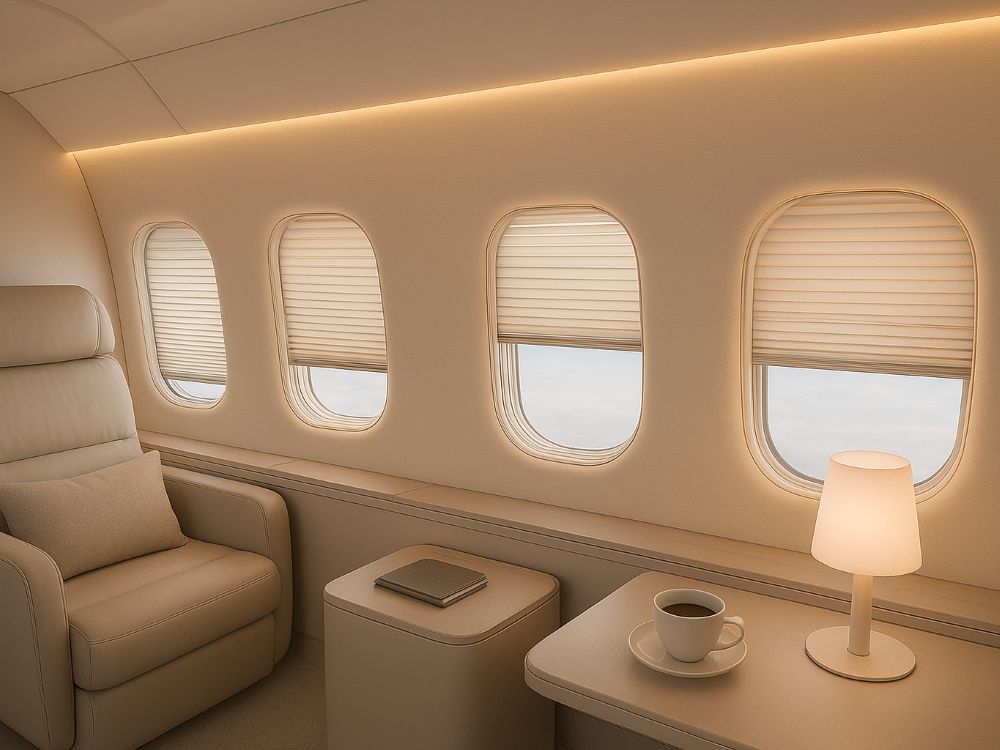Architectural and interior design plans for new commercial projects take a variety of factors into consideration. Coronaviruses, like the COVID-19 pandemic, shine a light on one of the most critical aspects for consideration: the infrastructure-based measures that support infection control to create a healthy environment. Specifying smart building materials that maintain agility, openness, and access to natural light, without compromising sterility can be challenging. Glass partitions create a safer environment for the general population and maintain a higher level of germ-free spaces to limit the potential spread of infection.
Traditionally, curtains are paired with glass partitions. However, it is a known fact that these curtains are not sanitary and carry various diseases, according to the Centers for Disease Control and Prevention. Below you will find a list of what we know about curtain partitions, followed by what we know about glass partitions.
Curtains:
- Curtains rapidly become contaminated with microorganisms as they are frequently touched by patients, guests, and employees.
- The cleaning costs of fabric curtains is high. Prices can range from $300 to $1,000 per curtain depending on size and fabric type.
- The use of curtains with antimicrobial properties has not been proven to reduce infection risk.
- Disposable curtains are not environmentally conscious, and require facilities to maintain a substantial inventory at all times.
- Privacy curtains are frequently touched by staff, patients, guests, and employees, and are not cleaned as often as horizontal surfaces.
- Regulations state that linens need to be cleaned upon hospital discharge or hotel checkout. Linens currently only refer to bed sheets and towels, and do not include curtains- harboring infectious germs that can inevitably spread diseases.
Glass Partitions:
- Glass partitions are easy to clean and disinfect with a combination of bleach or ethanol, which are the most effective in killing bacteria. These cleaning agents cannot be used on fabrics.
- Glass or privacy glass partitions do not deteriorate over time like curtains that are washed repeatedly.
- They allow spaces to be filled with natural light, which supports employee wellness, patient healing, and guest experiences.
- Modern commercial interior design is characterized by open and airy spaces, which glass partitions support.
- They optimize space with a limited footprint compared to traditional walls.
Curtains and blinds provide an essential function: shading when a room is too bright, and privacy for when it is needed most. An alternative solution that allows designers to keep the glass but leave the germs is switchable glass, also known as privacy glass, or smart glass. Smart glass technology like PDLC and SPD allow glass to switch instantly from transparent to different shades of opaque for privacy and shading, or a clear window on demand in milliseconds. Like regular glass, it is simple to clean with a basic disinfectant spray and a cloth.
It appears that in the near future, interior design plans that account for more sterile options and reduce overhead costs will not only be a suggestion, but a requirement. Hospitals can be used as an example. According to Infection Control Today, washing curtains every 5 weeks is a recommendation that will most likely become mandatory. Healthcare consulting firm Soriant Solutions states the cost to wash curtain room dividers and window curtains in a 400 bed hospital is $65,000 per quarter, or $260,000 per year. Replacing 1/3 of the curtains per year (to wear, tear and soiling) would add an additional annual cost of $100,000. The two add up to a total annual recurring cost of $360,000. These costs could easily be eliminated by making a one time investment in switchable glass used in patient rooms, ICUs, and operating galleries. While smart glass prices are higher than curtains initially, the benefits prove a high rate of return after just the first year.
Interior Design & Architecture in the COVID-19 Aftermath
Due to the Coronavirus (COVID-19) pandemic sweeping the globe, it is expected that public health and safety requirements will change. These changes will impact a number of industries, and force architectural design and interior design plans to reevaluate the materials they use to fitout facilities.
If you are considering smart glass or switchable film as a new alternative to fabric curtains in your commercial space, for new construction or a renovation, contact Gauzy for a free quote.




